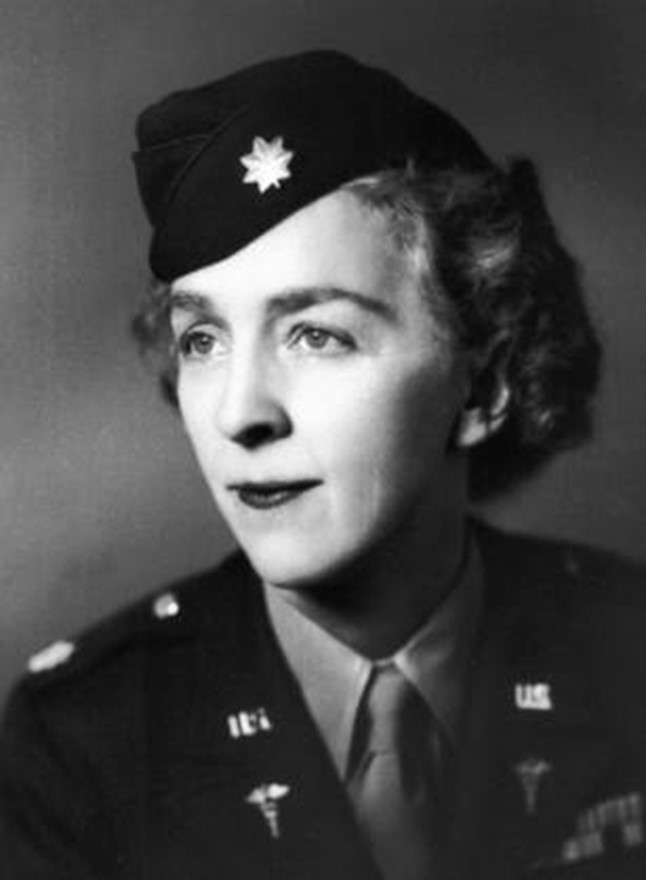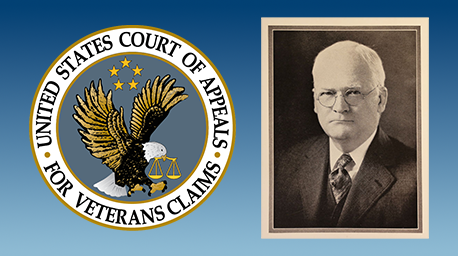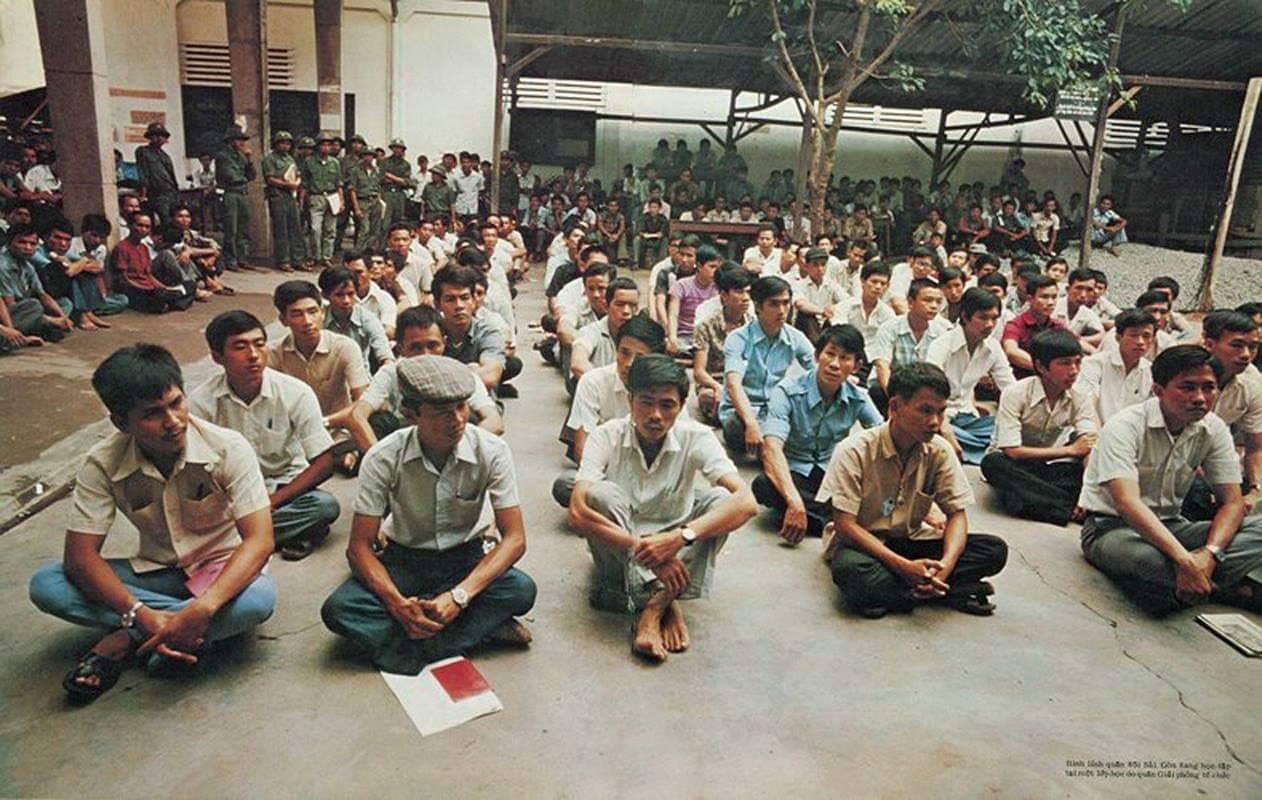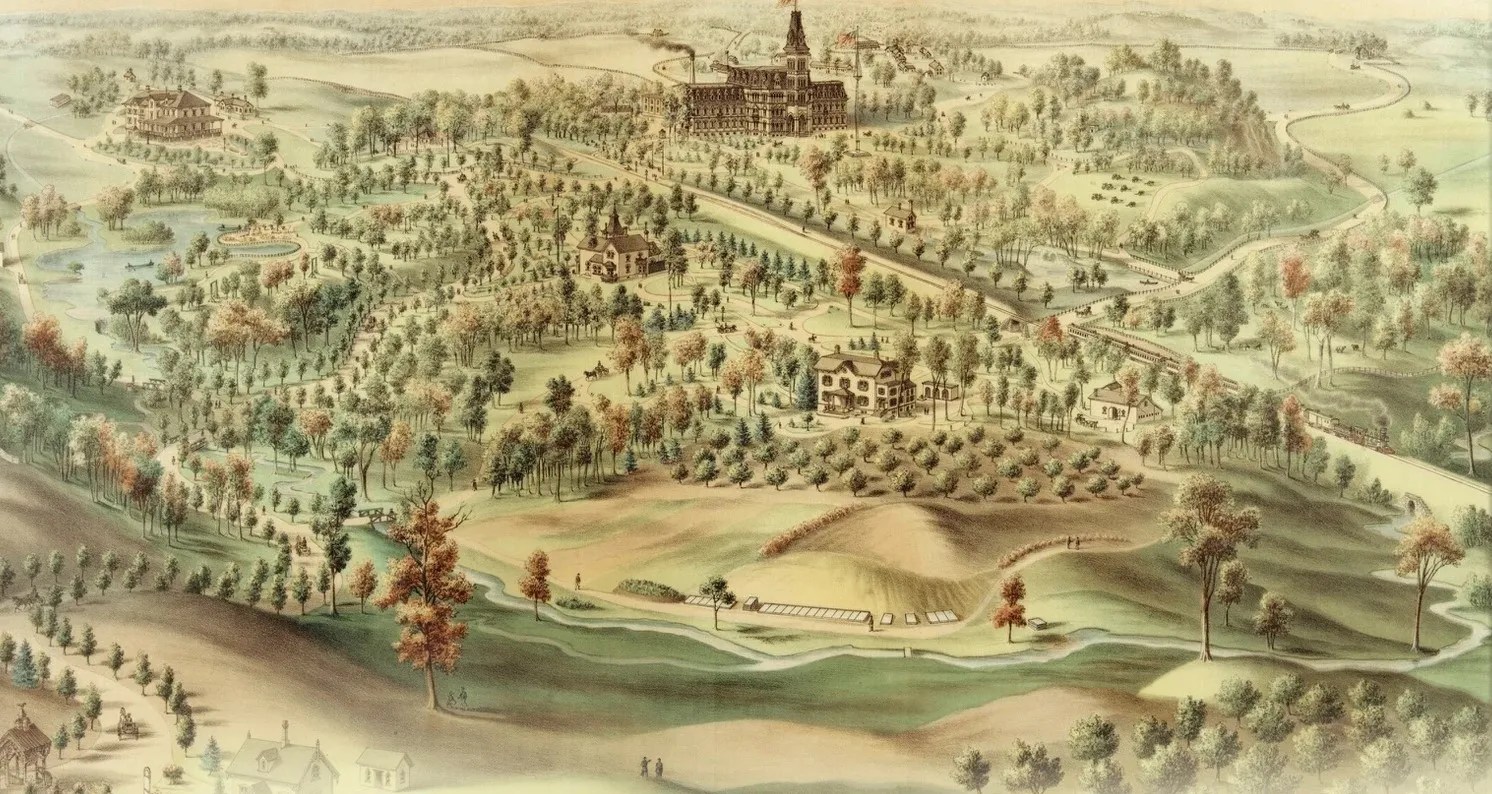
In December 1941, the United States entered the World War II following the bombing of Pearl Harbor.
Women across the country signed on to help the war effort just as they had done during the First World War. One of these women was Dr. Margaret Craighill, who relinquished her duties as dean of the Woman’s Medical College of Pennsylvania in Philadelphia to pursue military service.
Craighill was the first woman doctor to receive a military commission. She was responsible for inspecting the “field conditions of all women in the United States Army.”
She also was the women’s consultant to the Surgeon General of the Army. In that role, Craighill was in charge of the Women’s Health and Welfare Unit. She also created the standards for the process of WAC medical care.
First consultant on female Veterans’ medical care
Following the conclusion of World War II, Craighill became one of the first consultants on female Veterans’ medical care at VA, a post she was referred to by General Omar Bradley. In this new position, she worked alongside other specialists in VA hospitals.
One newspaper story mentioned that Craighill’s promotion was “probably the most marked distinction that the war has brought any woman doctor in this country.” This historic appointment was the first position of its kind in VA.
Her time as chief consultant on medical care for women Veterans was formative for women in medicine as she advocated for the expansion of female doctors in the then-known Veterans Administration hospitals. In November 1946, the first ten women doctors were hired to serve alongside her.
Ensured female Veteran care at highest possible standards
Serving with Craighill, these 10 trailblazing women were familiar with women’s issues, especially those encountered by female Veterans. The women doctors were selected to ensure the care of women Veterans in VA hospitals and homes across the country was always kept at the highest possible standards. In a letter to one of her female colleagues, Craighill modestly described her mission as giving “some suggestions on the care of women patients.”
She went on to write that it was a job she felt compelled to do after her experience at war.
Always invested in women’s issues, Dr. Craighill helped in the development of VA policies on the status of women. In 1951, this would become the Defense Advisory Committee on Women in the Services.
In July 1977, Craighill, 78, died in her home at Heritage Village, Southbury, Connecticut. Her medical career and dedication to military service are a testament to her distinguished character.
Craighill’s legacy lives on today with VA maintaining a department to serve the nation’s female Veterans. Her legacy has also paved the way for future female medical professionals to serve at the highest levels of their profession.
By Parker Beverly
Virtual Student Federal Service Intern, VA History Office, Department of Veterans Affairs
Share this story
Related Stories

Featured Stories
A Brief History of the Board of Veterans’ Appeals
On July 28, 1933, President Franklin Delano Roosevelt signed Executive Order 6230 creating the Board of Veterans’ Appeals (BVA). The BVA was created as part of the Veterans Administration (VA), which had been established only three years earlier.

Featured Stories
The Fall of Saigon 1975: A South Vietnamese Military Physician Remembers
"There was chaos in the streets when I made my way to the hospital on the morning of April 30, 1975. In a place of order, there was now great confusion. The director and vice director of the hospital were gone, making me, the chief of medicine, the highest-ranking medical officer."



